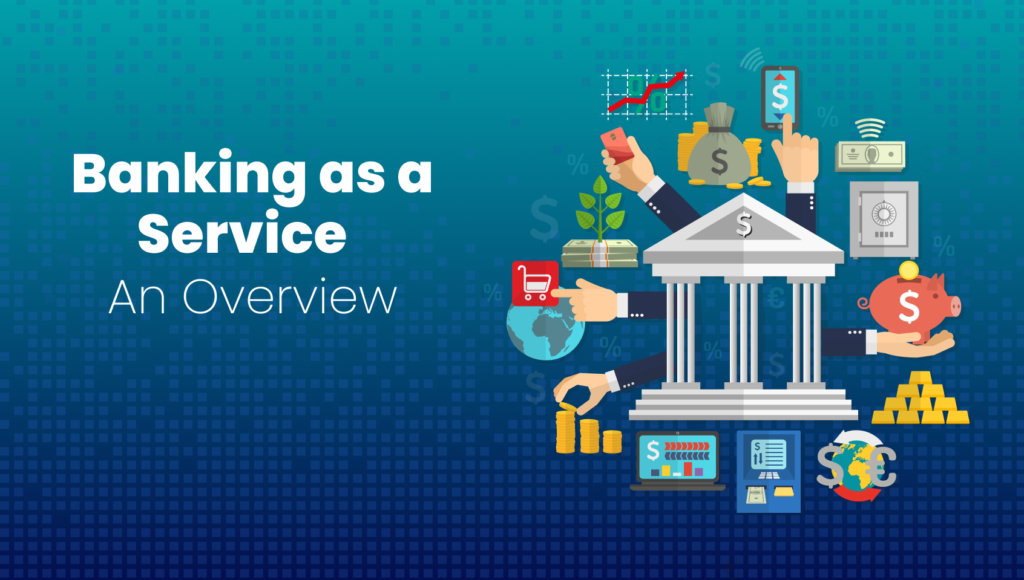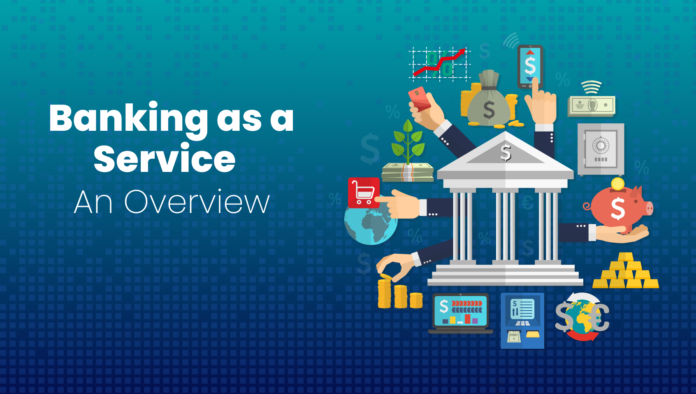It seems like a new aspect of our existence is being packaged and sold as “as a Service” virtually weekly. This expanding tendency shouldn’t come as a shock to anyone. The continued evolution of hardware, software, bandwidth, as well as protocol standards will allow more processes and resources to be moved from in-house to outsourced. This ensuing development propels the digitization of industries all around the world, altering their operations.
Financial services are much the same, with Banking as a Service (BaaS) allowing anybody anywhere in the globe to access banking capabilities. BaaS, on the other hand, is shrouded in mystery, as is the case with practically everything related to finance nowadays.
How exactly does Banking-as-a-Service work?
Table of Contents

What you must know about banking as a service?
Banking-as-a-service has emerged as the most innovative option in FinTech for delivering a customer-centric bank platform through the marketplace as rapidly as possible virtually. With the use of APIs (application programming interfaces), BaaS operators have already been able to include a banking infrastructure that could be created and implemented in months, without any need for monetary licenses (for the vast majority of use cases) or substantial rounds of funding in most circumstances. In a way, APIs may be thought of like Lego pieces that can be put together to build the structure of a banking system – through a sequence of API calls, a user can be established, and transactions can be completed. Additional customization is then applied on top of it to set up customer deposits, debit cards, or credit cards, as well as loans, among other features.
A non-financial firm can therefore distribute economic goods by its own brand, giving the client the impression that they are buying a product or service from that brand — despite the fact that the financial product is really delivered by a banking institution. In order to provide BaaS through a distributor, a banking firm can build up a platform for such a purpose that is based on the newest low-cost, cloud-native, and scalable technology, which also will lower the cost of serving consumers for the institution.
Importance of Baking as a service?
The expenditures connected with keeping up with changes in banking laws are significant and expensive. Despite the fact that banks have invested significant resources in digitalization, bank software engineers do not always provide APIs that are favorable to interfacing with other software applications.
When BaaS is used to deliver new propositions to clients, it removes typical hurdles by allowing fintech as well as other non-bank firms to do so more effectively and at a lower cost than they could accomplish on their own.
In order to enable smooth cooperation amongst partners, BaaS suppliers efficiently fill in the gaps left by traditional collaboration methods. Fintechs, digital banks, as well as other non-bank enterprises may personalize their customers’ journeys by leveraging API technology, which is available to banking as a service users. The ability to provide a smooth, tailored journey is critical for staying competitive in today’s market, as customers are much more engaged with the consumer experience than they are with items or costs.
Benefits of a Software-as-a-Service model for end-users
In the first place, Banking as just a Service is undeniably good for both the end-user as well as the financial institution. The number of firms offering digital financial services continues to grow, giving customers additional options. Competition increases as the number of options increases. As a consequence, costs are reduced, and the user experience is enhanced. Furthermore, the integration of BaaS and machine learning allows automated personalized experiences to be made available to the general public, bringing financial institutions to the people.
What are the benefits of baking as a service for third-party providers?
As a result of collaborations, fintech, digital banks, as well as other non-banks are able to take advantage of the best of both worlds in their operations. They have the benefits of being easy to provide their banking goods and services to the consumer and also the security of knowing that they are backed by a registered and regulated financial institution.
Furthermore, BaaS enables third parties to skip some development phases by utilizing the banks’ capability rather than developing their own procedures from the ground up. As a result, they can launch their products into the market more quickly, saving both time and money. Furthermore, third-party providers bypass the arduous and time-consuming efforts to establish a licensed bank, as well as the requirement to comply with regulatory obligations that are imposed on financial institutions.
Virtually any firm may transform into a banking provider by leveraging the complicated technology as well as sophisticated infrastructure that traditional banks have built up over the years.
Future of Banking as a service?
As banks are becoming more “FinTech-like” and fintech establishes the very same banking abilities in a less regulated environment, players in the BaaS market will begin to converge. New competitors could come from tech behemoths with established client communities that would gain from the same sort of innovation, but even in their financial lives rather than in their technological lives. It is anticipated that risk and controls will change in order to preserve essential consumer data while also facilitating an easier approach for proof of identity across numerous firms and services.


